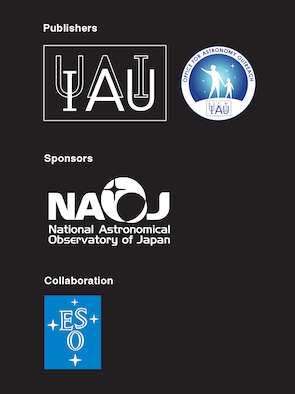
Download this article
- PDF (758 KB)
Back to the Table of Contents
|
The Top Ten Astronomical ‘breakthroughs’ of the 20th century (page 11-17)
David W. Hughes, Richard de Grijs
Summary
Astronomy was revolutionized in the 20th century. The electron was discovered in 1897 and this transformed spectroscopy and introduced plasma and magnetohydrodynamic physics and astro-chemistry. Einstein’s E = mc2, solved the problem of stellar energy generation and spawned the study of elemental nuclear synthesis. Large telescopes led to a boom in astronomical spectroscopic and photometric data collection, leading to such cornerstones as the Hertzprung-Russell diagram and the mass-luminosity relationship, and to the realization that the Universe contained a multitude of galaxies and was expanding. Radio astronomy was introduced and the advent of the space age saw the astronomical wavelength range expand into the ultraviolet, X-ray and gamma-ray regions, as well as the infrared and millimetre. We also started wandering around roaming the Solar System instead of merely glimpsing its members from the bottom of our warm, turbulent atmosphere. Astronomical “breakthroughs” abounded. We have asked astronomers to select their “top ten” and these are listed and discussed in this paper.
|

